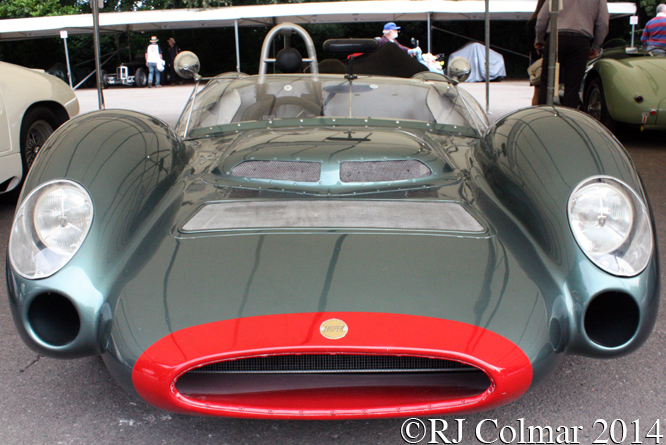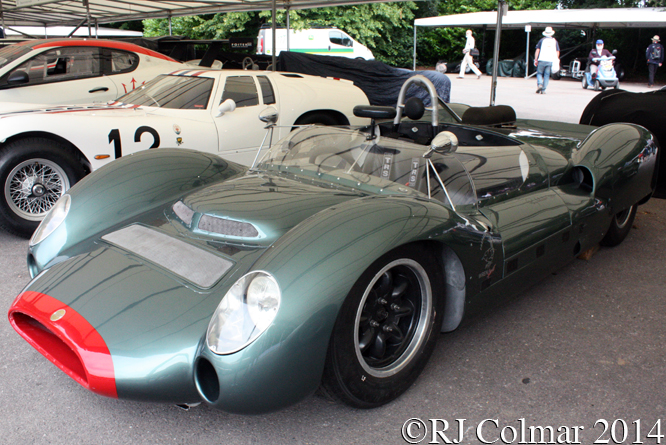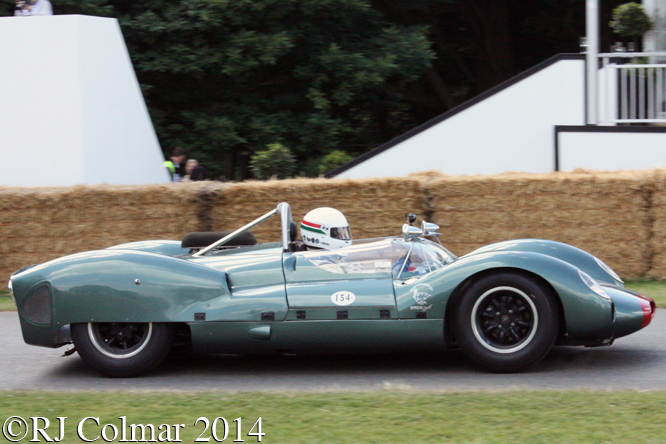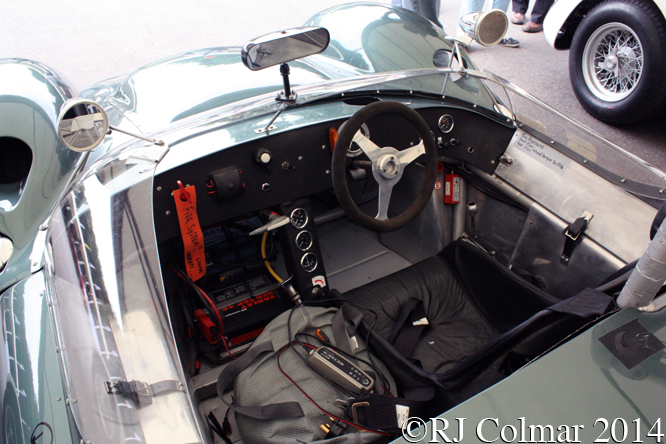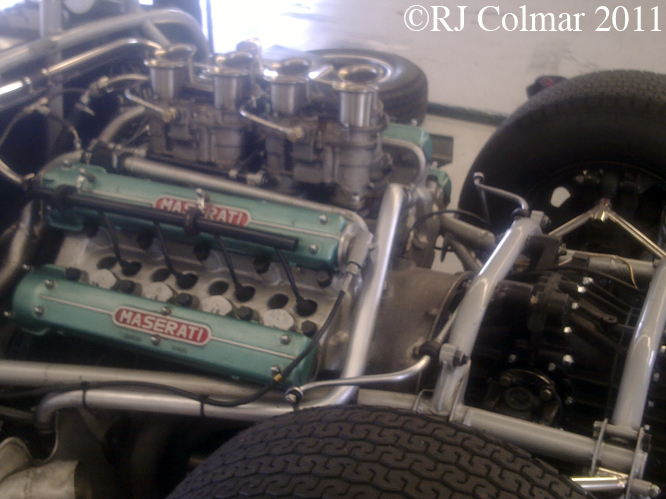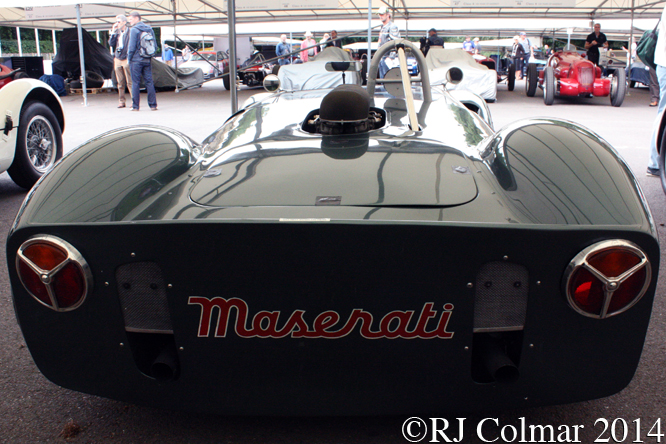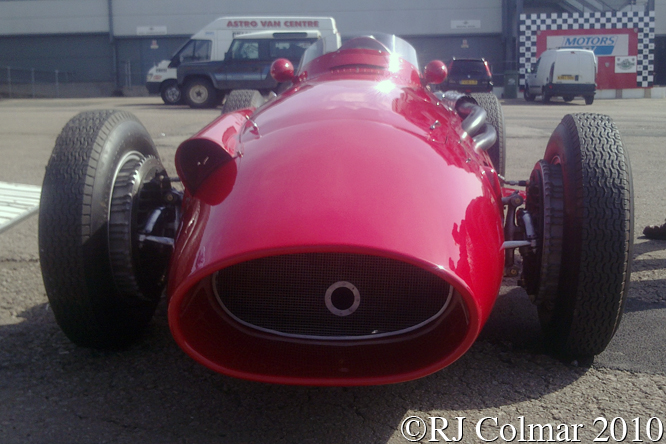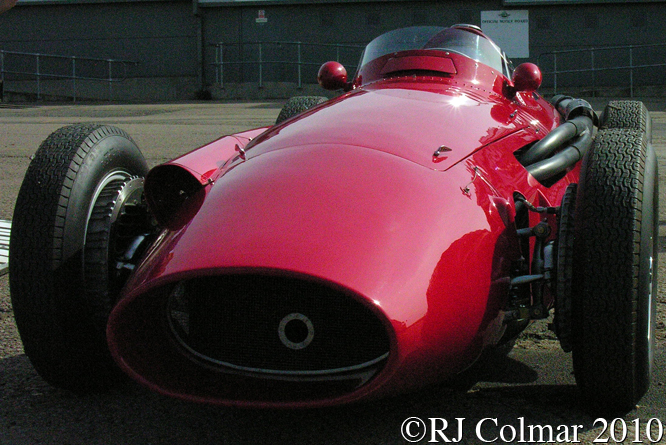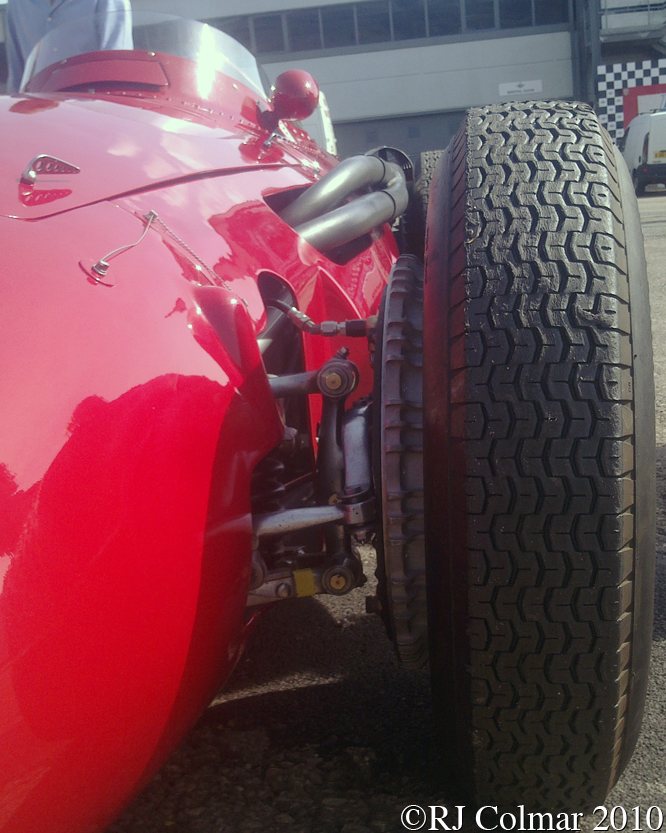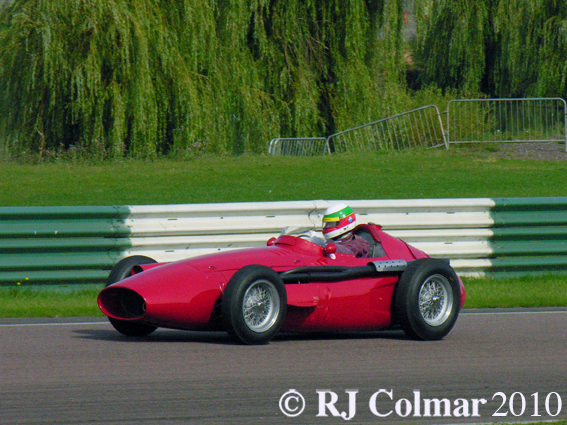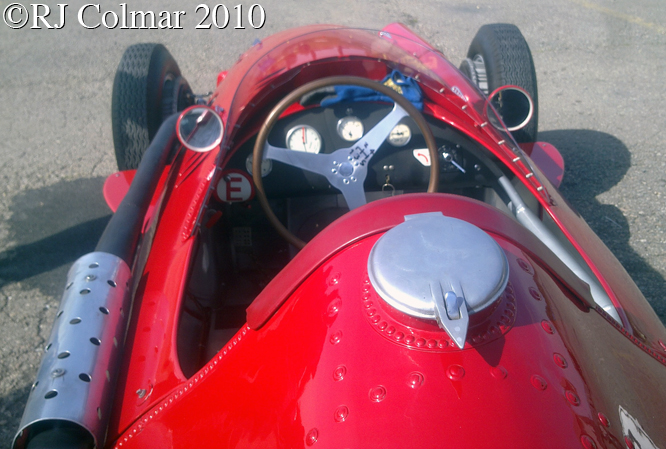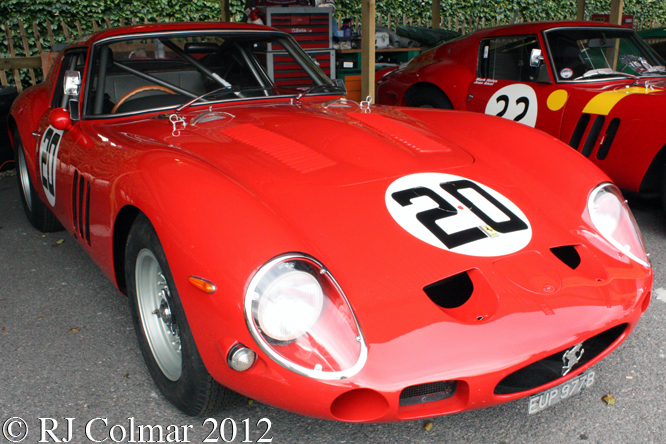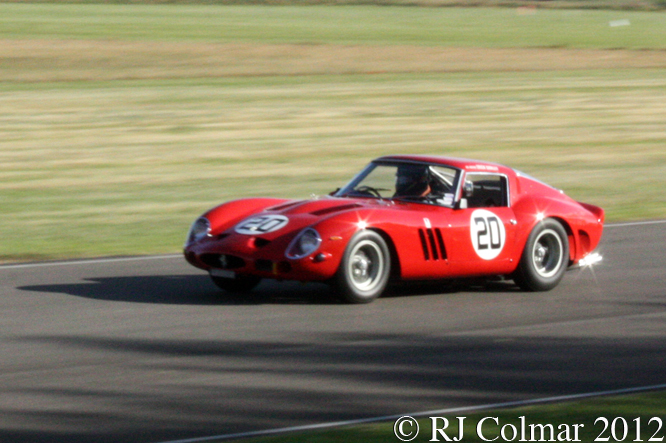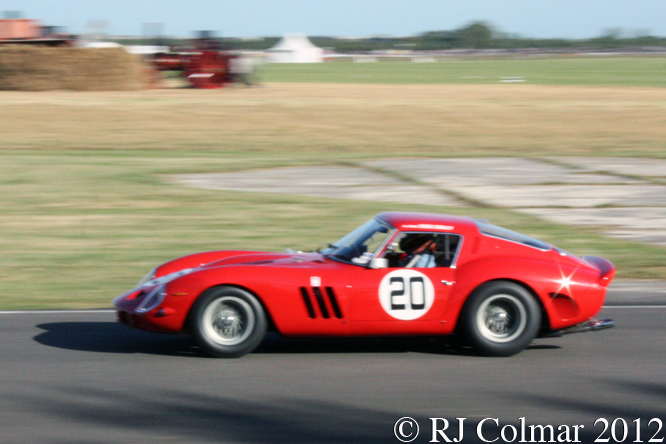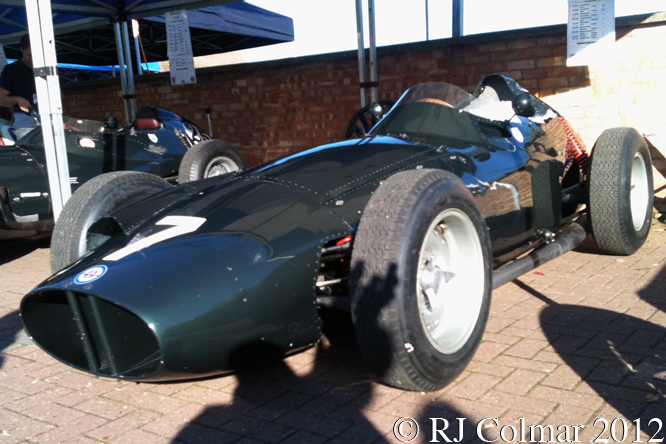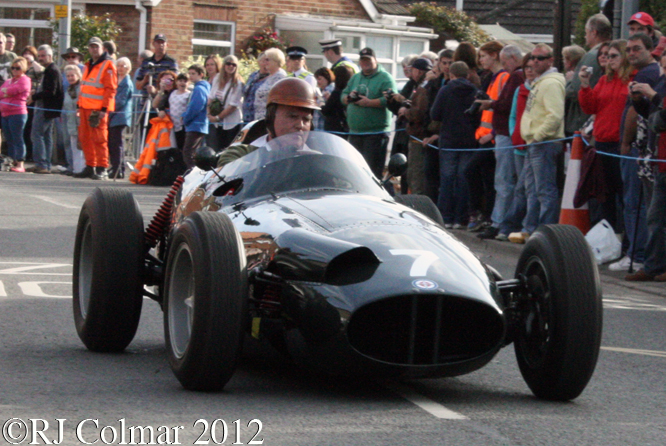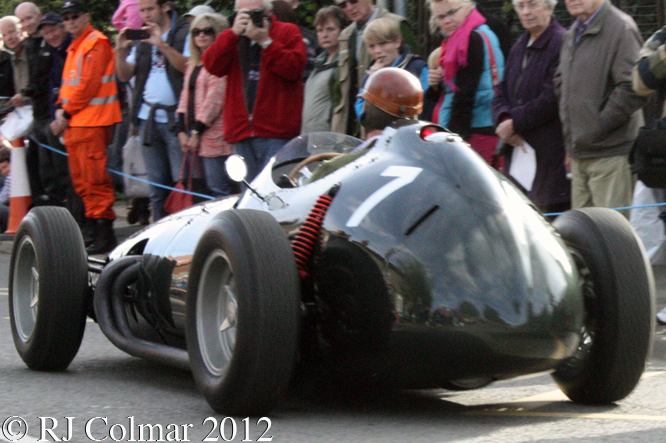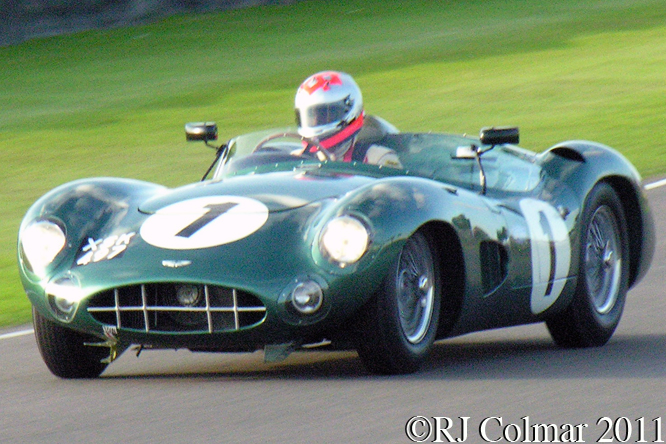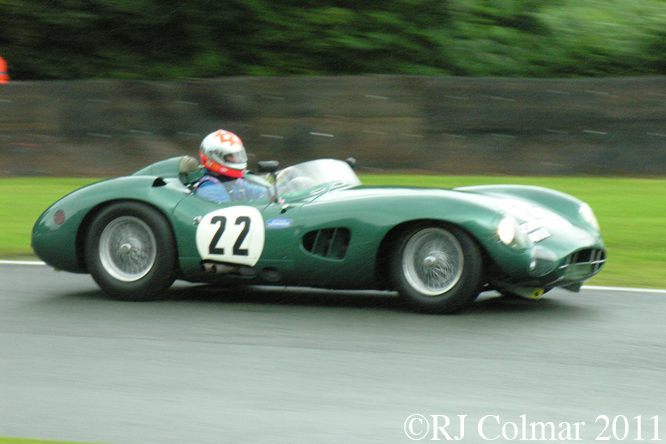A couple of weeks ago a friend gave me a copy of No Angel, a biography billed as “The Secret Life of Bernie Ecclestone” by Tom Bower.

As a fan of Formula One who has grown up as Bernie Ecclestone evolved from emerging team owner of the Brabham team into Formula One’s self styled de facto benevolent dictator I found this an extremely engaging book.
The book covers Bernie’s humble beginnings in Suffolk, his days trading toys in the school playground in Dartford to becoming a prominent member of the not so well heeled post war London motor trade.
The Ecclestones were not ones for celebrating anything and Bernie’s sharp mind soon focused on little else except making money through motorbikes, cars, property development and private aircraft.
His unique selling point appears to be ability to sum up the value of anything and everything in an instant and make an offer that was always advantageous to himself.
He became involved in motor racing at Brands Hatch racing Formula 500’s with some success before retiring from the sport after a couple of accidents.
Bernie returned to the sport to manage the career of Stuart Lewis Evans but left the sport after Stuart died from burns sustained from an accident in the 1958 Moroccan Grand Prix.
Through his friendship with Roy Slvadori Bernie became acquainted with a young firebrand named Jochen Rindt and their love of gambling and deal making led Bernie to manage Jochen’s career right up until his death at Monza in 1970.
In 1972 Ron Tauranac accepted Bernie’s offer of £100,000 for the Brabham Formula One team and in 1974 the team started winning Formula One races again and by 1988 when Bernie sold the team for $5 million the team had supplied Nelson Piquet with championship winning cars in 1981 and 1983.
From 1972 on, with the agreement of his fellow competitors Bernie also took on an ever greater part of the deal making that went on to secure start money and prize money for the British Formula One teams.
Soon Bernie was determining which races would be part of the World Drivers and Constructors Championships while securing the increasingly valuable TV rights and profits.
All this extra activity led to many arguments with fellow team owners, race organisers and of course the authorities posing in blazers who liked to think they were in charge.
Tom Bowers book tells of several offers Bernie made to both the Formula One teams and even the sports governing body to invest in their own future which were repeatedly turned down which Bernie took as a signal to take an ever deeper cut of the profits particularly from the TV rights and fees race promoters pay to secure an event on the championship calendar.
Bernie certainly does not come across as an angel backing all comers until it is time to see the green backs, dumping anyone who does not meet his exacting demands like a lead balloon, but through it all he does come across as extremely passionate about the sport even though by the time any one race has ended he is already on his way to the next.
I spent a couple of weeks over the Christmas break reading the book and I’d recommend No Angel to anyone who has an interest in motor sport or making money, unfortunately my interest has only ever been in the former.
Thanks for joining me on this “No Angel” edition of “Gettin’ a li’l psycho on tyres” I hope you will join me again tomorrow when I’ll be looking at a car called “Elvis”. Don’t forget to come back now.


